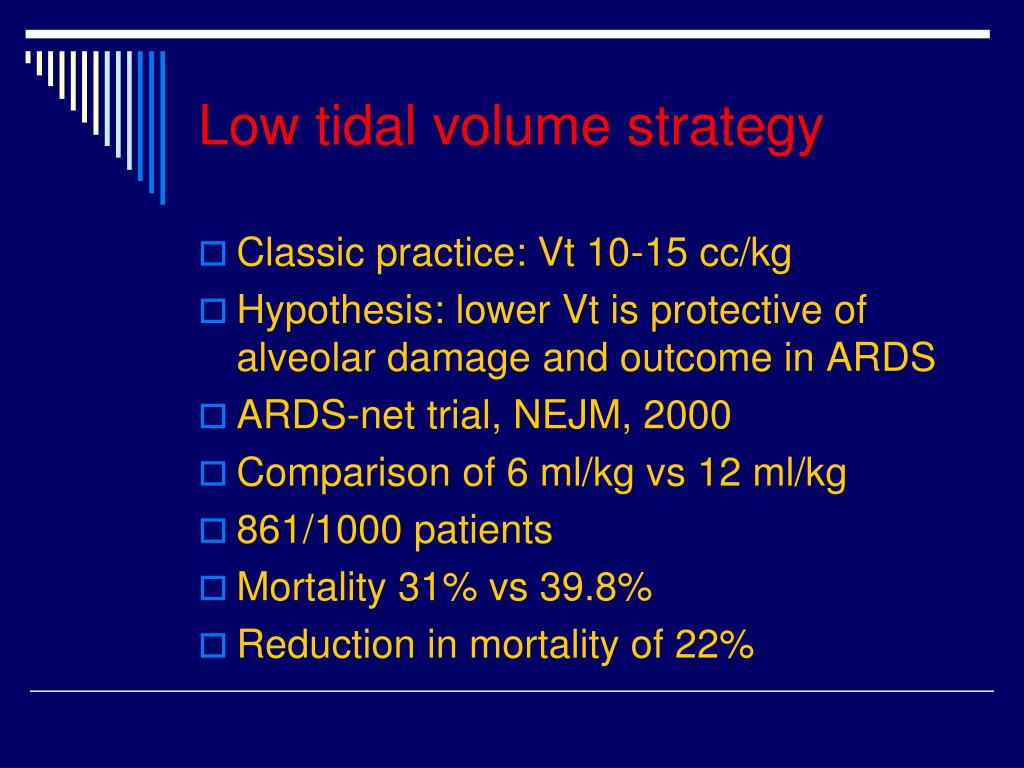

The initial content for the Encyclopedia was seeded from UIA’s Yearbook of International Organizations. By concentrating on these links and relationships, the Encyclopedia is uniquely positioned to bring focus to the complex and expansive sphere of global issues and their interconnected nature.

These connections are based on a range of relationships such as broader and narrower scope, aggravation, relatedness and more. It is currently published as a searchable online platform with profiles of world problems, action strategies, and human values that are interlinked in novel and innovative ways. The Encyclopedia of World Problems and Human Potential is a unique, experimental research work of the Union of International Associations. Bats can be killed by lung barotrauma when flying in low-pressure regions close to operating wind-turbine blades, and fish with sealed swim bladders experience barotrauma when pulled up from the depths. Barotrauma due to overexpansion of an internal gas-filled space may also be termed volutrauma. Ventilator-induced lung injury (VILI) is a condition caused by over-expansion of the lungs by mechanical ventilation used when the body is unable to breathe for itself and is associated with relatively large tidal volumes and relatively high peak pressures. It is also classified under the broader term of Dysbarism, which covers all medical conditions resulting from changes of ambient pressure.īarotrauma typically occurs when the organism is exposed to a significant change in ambient pressure, such as when a scuba diver, a free-diver or an airplane passenger ascends or descends or during uncontrolled decompression of a pressure vessel such as a diving chamber or pressurised aircraft, but can also be caused by a shock wave. Decompression illness is a term which includes decompression sickness and arterial gas embolism caused by lung overexpansion barotrauma. Decompression sickness is indirectly caused by ambient pressure reduction, and the tissue damage is caused directly and indirectly by gas bubbles, but these bubbles form out of supersaturated solution from dissolved gases, and are not generally considered barotrauma.


Tissue rupture may be complicated by the introduction of gas into the local tissue or circulation through the initial trauma site, which can cause blockage of circulation at distant sites or interfere with normal function of an organ by its presence.īarotrauma generally manifests as sinus or middle ear effects, lung overpressure injuries and injuries resulting from external squeezes. The initial damage is usually due to over-stretching the tissues in tension or shear, either directly by expansion of the gas in the closed space or by pressure difference hydrostatically transmitted through the tissue. Barotrauma is physical damage to body tissues caused by a difference in pressure between a gas space inside, or in contact with, the body, and the surrounding gas or fluid.


 0 kommentar(er)
0 kommentar(er)
